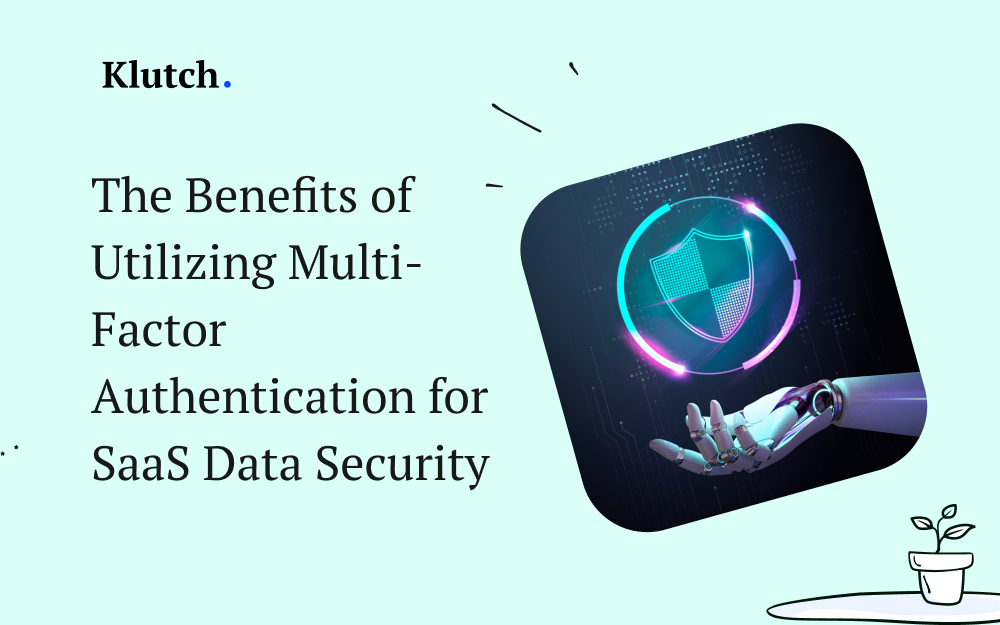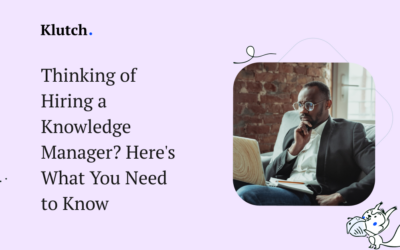As more Software-as-a-Service (SaaS) companies make significant breakthroughs in technological solutions, the need for robust data security measures has become more important than ever. Increased cyber threats, data loss, and unsanctioned access to data are some of the reasons why data security is a key component of any SaaS company’s operations.
SaaS companies have a responsibility to store and manage customer data, as well as protect against illegal access. It is essential for these companies to have strong security measures in place to protect customer data and to adhere to industry regulations while maintaining customer trust and confidence in their services.
Data Security for SaaS Companies
For companies that leverage cloud computing, especially Software-as-a-Service, it is important to protect customer data from malicious attacks, unauthorized access, and data breach.
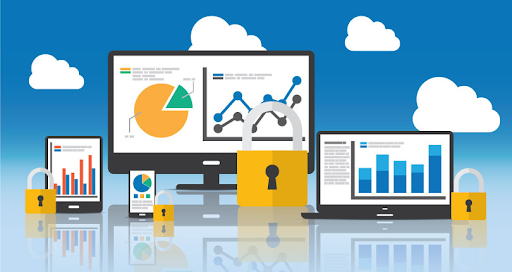
Source: www.qubole.com
Data security – the practice of securing different forms of digital information, comprising of data that is created or stored on electronic systems, from unauthorized access – helps SaaS companies maintain their customers’ trust, meet industry regulatory requirements, and protect their own reputation.
Security measures such as authentication technologies are employed by SaaS companies to protect digital information from malicious actors. Data security solutions such as multi-factor authentication, encryption, access control, firewalls, and intrusion detection systems are just a few examples of solutions that companies use to protect themselves from a data breach or malicious attack, which could have a devastating impact on a company’s reputation, leading to customer and revenue loss.
Implementing a Multi-Factor Authentication (MFA) is one of the most effective ways to securely protect digital data stored by SaaS companies.
Multi-Factor Authentication
Multi-Factor Authentication is a security system, implemented by SaaS companies, that requires multiple levels of authentication when logging into a system or application. It was developed to protect users from unauthorized access by adding an additional layer of security to their accounts.
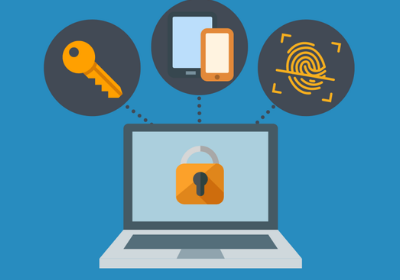
Source: www.microage.ca
Originally developed in the early 2000s as a means to improve the security of online services and systems, its usage has become widespread around the world to protect against cyberattacks, data breaches, and other forms of unauthorized access. In Europe, MFA is often used for government accounts, banking, and other sensitive applications. In the United States, it is used by government agencies, institutions, and companies alike, with some of them going as far as drafting MFA policies and including it as a part of their team’s internal knowledge base.
By requesting more than one form of authentication, MFA makes it harder for unauthorized users to gain access to sensitive data. This security measure, which has been implemented on different forms of software including knowledge base, social media apps, and content management systems – requires users to provide two or more credentials before they’re allowed to access a system or application.
Multi-factor authentication works by combining something you know (such as a password), something you have (such as a security token or code sent to your mobile device), or something you are (such as a fingerprint or facial recognition technology). This provides an extra layer of security that can help protect data from malicious actors and uses.
Benefits of Using Multi-Factor Authentication for Data Security
As an essential tool for protecting data and preventing unauthorized access, MFA makes a significant difference in data security measures by preventing the risk of data breaches and other security threats.
The benefits of using MFA for SaaS data security are numerous. Here are some of them:
Increased Security
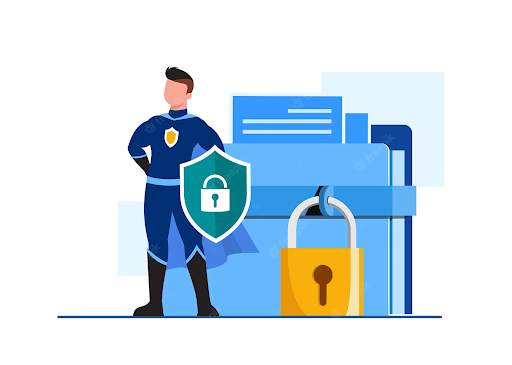
Multi-factor authentication enhances the security of SaaS applications by preventing unauthorized access. For instance, If an employee, while using their company’s internal knowledge base software application, mistypes or inputs an incorrect password too many times, they will get an error message and a prompt that might require additional information – token, personal information, or admin access – before they can gain access to their account. This measure ensures that important data housed in the company’s internal knowledge base isn’t compromised externally. By requiring multiple forms of authentication, MFA adds an extra layer of protection to your data.
Reduced Risk of Breach
SaaS data security is so important in today’s world because any security breach will affect both the company and its customers. If a cyberattack exposes a commercial client’s data, it can create multiple vulnerabilities that leave such clients exposed to even more attacks such as malware, identity theft, or data theft. MFA greatly reduces the risk of a data breach by making it more difficult for hackers to gain access to a system. It ensures that only authorized users can access the data stored in SaaS applications, company servers, and databases.
Improved User Experience
When building solutions, SaaS companies strive to create an immersive customer experience at various touch points of a customer’s interaction with their products.
Good and quality customer service can lead to a positive user experience, increased brand loyalty, and even more sales for a company. MFA ensures that such a positive user experience is not compromised by providing users with a more secure and convenient way to access the data they need. Users can choose the type of protection that best suits their needs.
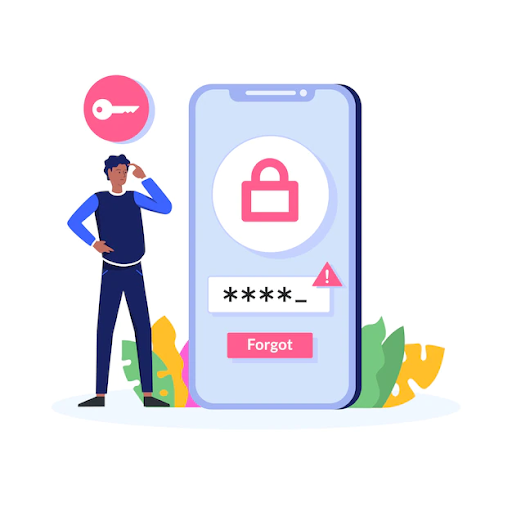
Some practical examples include:
- Password reset: This requires a one-time code to be sent to a user’s phone or requires the user to answer a security question before they can reset their password.
- Social media authentication: Apps like Facebook, WhatsApp, Instagram, or TikTok often require users to enter a one-time code that is sent via text or email in order to log in.
- Online banking: Many banks now require a two-step authentication process, such as entering a username and password, plus a one-time code that is sent via text, before the user can access their account.
- E-commerce: E-commerce websites often require a two-step authentication process, such as entering a username and password, plus a confirmation code that is sent via email.
Cost Savings
SaaS businesses can save money by reducing the need for additional security measures such as firewalls, and antivirus software when they implement a multi-factor authentication step. For instance, a company could take more preventative measures instead of defensive measures by requiring two-factor authentication for employee logins to sensitive data as opposed to hiring extra hands or human resources for monitoring and detecting fraudulent activities on servers that store sensitive data. This can reduce the chances of a malicious outsider breaking into an employee’s account and stealing information or committing fraud.
Streamlined Processes
SaaS companies can manage user access better by streamlining the authentication process. This reduces the need for manual authentication processes – which can be time-consuming and error-prone. It also boosts productivity and allows for better redistribution of company resources to create new strategies and solutions that’ll accelerate increased returns on investment.
Summary
The many benefits that multi-factor authentication offers make it an attractive and effective way to protect data stored in SaaS applications. Companies can channel their resources to move revenue-generating tasks instead of battling cyberattacks that could have easily been solved with an extra layer of security. By implementing multi-factor authentication, companies can ensure that their data is safe, retain the trust of their customers, and advance the development of more technological solutions.
